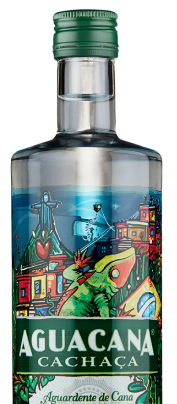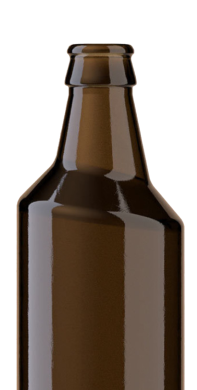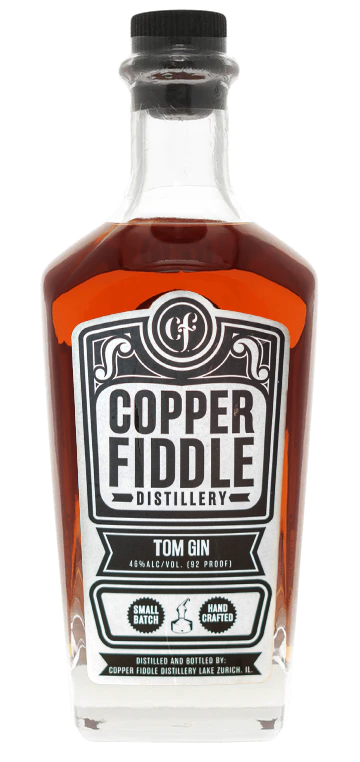Durante más de 100 años, O-I ha innovado y transformado la forma de fabricar y vender envases de vidrio, empezando por la invención por Michael Owens de la máquina que permitió la producción en masa de envases de vidrio a principios del siglo XX. Owens revolucionó la industria entonces, y estamos haciendo lo mismo hoy mientras reimaginamos y reinventamos el modelo de negocio de los envases de vidrio. Vemos un futuro en el que la circularidad innata del vidrio se une a la disruptiva tecnología de fusión MAGMA de O-I. Transformamos continuamente nuestro negocio para ser el proveedor más innovador, sostenible y elegido de soluciones de envasado para la construcción de marcas. Convertimos lo ordinario en extraordinario mediante envases de vidrio.
Ahora más que nunca, los consumidores exigen envases seguros y saludables. Estamos centrados en hacer avanzar nuestra agenda de sostenibilidad, reduciendo las emisiones de energía, aumentando el contenido reciclado de nuestros envases e invirtiendo en las comunidades a las que servimos.
Da rienda suelta a tu creatividad con nuestra tecnología para esculpir envases de vidrio y convertirlos en obras de arte multidimensionales que creen marca.

Transformar el consumo de bebidas para crear una solución sensorial completa de una sola porción en vidrio.

Esta colección capta la esencia de las marcas y las plasma en una forma física.

Covet™ aporta lo mejor de las capacidades globales de O-I, incluidos el diseño y la decoración de vidrio personalizados, una colección de diseños clásicos de botellas de O-I y la cartera de innovación de O-I para ayudar a las marcas de gama alta a aprovechar las oportunidades del mercado.

Para que la innovación avance más rápidamente, invertimos en ella. Nuestro edificio de 24.000 pies cuadrados en nuestra sede mundial cuenta con un horno del tamaño de un cuarto y dos pequeñas líneas de producción que nos permiten probar nuevos procesos y crear prototipos de nuevos diseños de productos sin interrumpir las líneas de la fábrica.
¿Te gustaría estar informado sobre las últimas innovaciones en envases de vidrio, nuevos productos y las últimas tendencias?
© 2023 O-I Glass. Todos los derechos reservados. Privacidad | Aviso legal | Contacto y Ubicación
| Cookie | Duración | Descripción |
|---|---|---|
| cookielawinfo-checkbox-advertisement | Establecida por el plugin GDPR Cookie Consent, esta cookie registra el consentimiento del usuario para las cookies de la categoría "Publicidad". | |
| cookielawinfo-checkbox-analytics | Esta cookie es establecida por el plugin GDPR Cookie Consent. La cookie se utiliza para almacenar el consentimiento del usuario para las cookies de la categoría "Analytics". | |
| cookielawinfo-checkbox-functional | La cookie se establece por el consentimiento de cookies GDPR para registrar el consentimiento del usuario para las cookies en la categoría "Funcional". | |
| cookielawinfo-checkbox-necessary | Esta cookie es establecida por el plugin GDPR Cookie Consent. Las cookies se utilizan para almacenar el consentimiento del usuario para las cookies de la categoría "Necesarias". | |
| cookielawinfo-checkbox-others | Esta cookie es establecida por el plugin GDPR Cookie Consent. La cookie se utiliza para almacenar el consentimiento del usuario para las cookies de la categoría "Otros". | |
| cookielawinfo-checkbox-performance | Esta cookie es establecida por el plugin GDPR Cookie Consent. La cookie se utiliza para almacenar el consentimiento del usuario para las cookies de la categoría "Rendimiento". | |
| CookieLawInfoConsent | CookieYes establece esta cookie para registrar el estado del botón predeterminado de la categoría correspondiente y el estado de CCPA. Sólo funciona en coordinación con la cookie principal. | |
| viewed_cookie_policy | La cookie es establecida por el plugin GDPR Cookie Consent y se utiliza para almacenar si el usuario ha consentido o no el uso de cookies. No almacena ningún dato personal. |